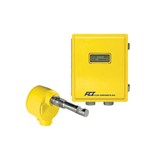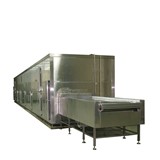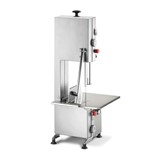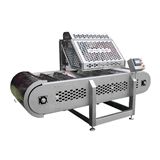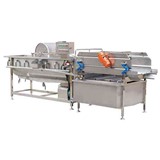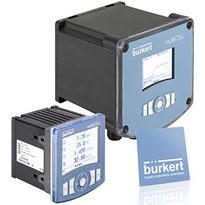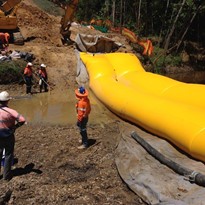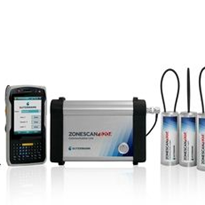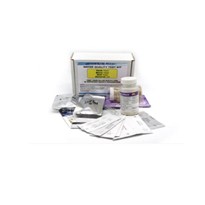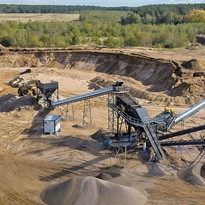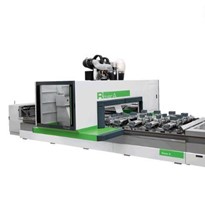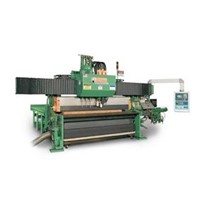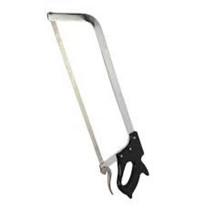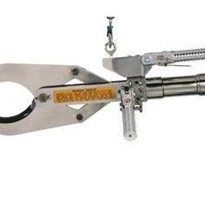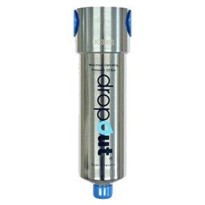Like any food and beverage processing facility, water is an essential component for food safety and production. The meat processing industry isn’t exempt from this essential resource and is spotlighted due to the sheer volume of water it requires to deliver 1kg of produce.
Water is used across just about every part of the meat processing industry, from paddock dams to wash down areas in the abattoirs, water as a commodity that requires monitoring of consumption and detailed management, no matter where it is being used. This essential consideration is becoming more of a focus as we move towards carbon neutrality and the great news is – there are simple solutions to get things started.
Investment in a water management program could consists of sensors, automated valves, monitoring solutions and setting of clear achievable targets with regular reviews and reporting to ensure progress is made towards water and wastewater reduction.
Currently, there are no standards of regulations in place to monitor the use of water in the meat processing industry, which means it is difficult to determine just how much water is being used or lost to waste.
For example, dirty water in meat manufacturing is pumped to various dams on the property where the water is chemically treated, settled, and aerated. From there, solids are removed and over time the solids and the recycled water is irrigated back onto the paddocks on the property.
Meat processing has a high usage of water in their meat handling processes as well as in cleaning and hygienic practices. Reducing water usage and treating wastewater efficiently will improve bottom line costs and potential environmental hazards. From staff leaving taps on at hand washing stations, to the lack of monitoring of water usage in plants, this all has an impact on the optimisation of water, and by extension, wastewater use.
Generally, the entire process is water intensive, however, hot water is one of the main issues and is costly, along with the distinct lack of control valves and alike.
Bürkert, experts in fluid control systems, offer a host of affordable and easy to installed equipment that could immediately have a positive impact on water management. James Emerson, Food & Beverage Industry manager for Bürkert Australia said, “Water management is critical for any food and beverage producer and directly affects your bottom line. More and more customers are coming to us asking how we can help with their water management onsite. We facilitate everything from fit-for-purpose products to customised higher-specification installs that deliver results specific to our customer’s needs.”
One Bürkert customer estimated they used approximately 600,000 litres of water each day. In review of these numbers, their focus shifted to how to ‘best practice’ their water usage across their plant, controlling not only the amount of water they were consuming, but also reducing what was simply going down the drain. “Every food and beverage producer globally is starting to look at their carbon footprint and looking at ways to improve. Our meat processor customers, once they realises all the areas where they are wasting water, begin to seek solutions fairly quickly. Water management in this industry can be improved fairly quickly with a few simple adjustments and establishing fit-for-purpose equipment. Our customers are relieved to know there doesn’t need to be a major cost or installation downtime to create better results for these water applications, meaning less downtime in production and faster results,” said Emerson.
The Bürkert range of solutions which monitor water usage includes flow meters, control valves, pressure sensors, temp sensors, multicell, PH sensors, and conductivity sensors. An application that shows results of being more efficient and sustainable with water management is meat spray chilling. In implementing control valves rather than the traditional use of pressure reducing valves, the water flow is managed precisely, reducing waste and controlling the amount of flow required for the application, making the water hungry process more viable.
The main purpose of spray chilling is to reduce carcase shrinkage and overall weight loss, whilst increasing the yield. Other advantages is the application of antimicrobial agents through treated water, extending shelf life and contributing to food safety and in some cases, overall improvement of the quality of meat tenderness, depending on how quick the meat is spray chilled. According to experts from Bürkert, some of the best ways to reduce water usage, like the customer who estimated 600,000 litres per day, starts with choosing the right solutions.
Water management equipment offered by Bürkert include infrared taps with timers, which prevent taps at hand washing stations being left on for long periods of time, along with heat recovery, which means using recycled water where possible. Proper batch control and greater automation are other areas Bürkert recommends customers address water usage issues, and smart relays with time adjustments, are just a few of the solutions on offer. On top of the wasted water, if wastewater itself is not disposed of correctly it can damage the surrounding environment and can cause strong odours.
The more efficient use of water, coupled with better methods of wastewater treatment and use, all have huge positive impacts on manufacturers and producers. “As we navigate the climate change initiatives, food and beverage as one of the largest industries in Australia will need to bring focus to how they manage one of our most valued resources, water. We’re here to help our customers with these challenges, and welcome conversations around how we can improve water management in their production facilities,”






